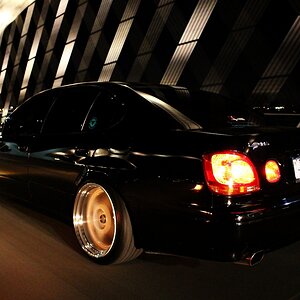Moglex
TPF Noob!
- Joined
- Jun 13, 2008
- Messages
- 581
- Reaction score
- 0
- Location
- Whitstable
- Can others edit my Photos
- Photos OK to edit
Here's a good example of what's confusing me:
From another thread..
What is "1 stop of light"?? -1EV? A 1-stop reduction in aperture? (going from f/5.6 to f/4)? I just don't get it..
Although Boblybill has explained it perfectly I'll just attack it from a slightly different angle in case it helps.
A stop is(was), literally, a place where the control ring came to a stop (also called a detente) on the aperture control ring.
The stops were chosen to exactly halve/double the amount of light admitted by the iris. 'Full' stops progress by the square root of two (because the iris is an area and thus you square the linear measurement of it's nominal diameter which is what the focal length of the lens is divided by to produce the number, to obtain the effect on the admission of light).
However, because there are three things that can be varied to change the exposure (as Boblybill enumerates above), photographers got into the habit of refering to any change of any of the three that doubled of halved the exposure a 'stop'.
Thus doubling of halving the ISO is refered to as a change of 'a stop' as is doubling or halving the shutter speed.


![[No title]](/data/xfmg/thumbnail/30/30862-d177ccfc3a82369b1005863cfe5fd13d.jpg?1619734481)







